
What Add-ons Do I Need?
Most motherboards provide the basic PC functionality, but some add-ons may still be needed, such as:
A USB hub.
Memory card readers.
Sound cards.
Speakers.
Network devices.
External port adapters.
A power extension cord.
Choose a USB Hub
Motherboards and cases provide USB ports at the front and back, but sometimes you need more.
You can purchase a USB hub to expand port numbers.
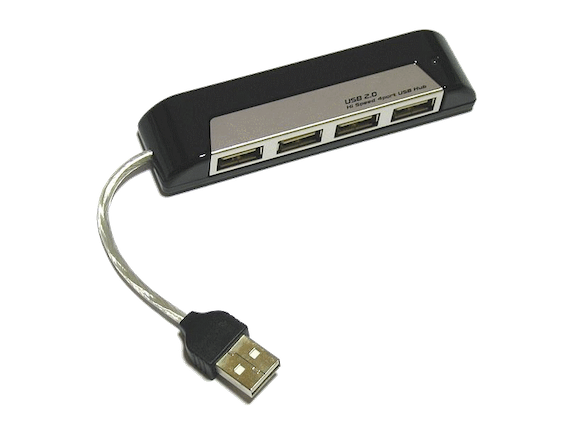
The amount of electrical current (power) that a PC feeds to a USB port or hub can be insufficient for charging phones and tablets or for devices such as USB-powered portable hard disks. For these situations, use a USB hub with its own power supply: a powered hub.
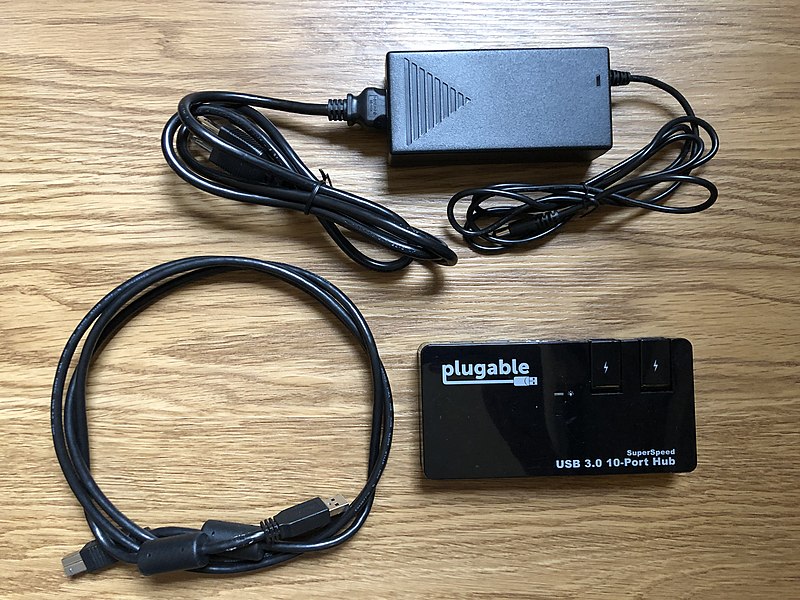
Choose a Memory Card Reader
If the PC user handles memory cards from phones, cameras, camcorders, etc., they’ll need a card reader. These come as desktop USB units and ones that mount in a spare case drive bay.
Some readers need an adapter to read/write mini and micro-SD cards.
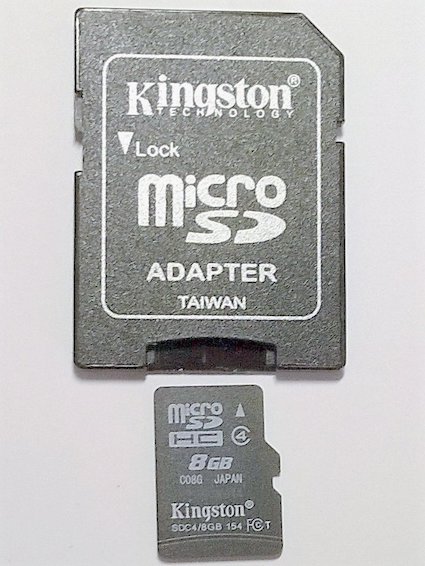
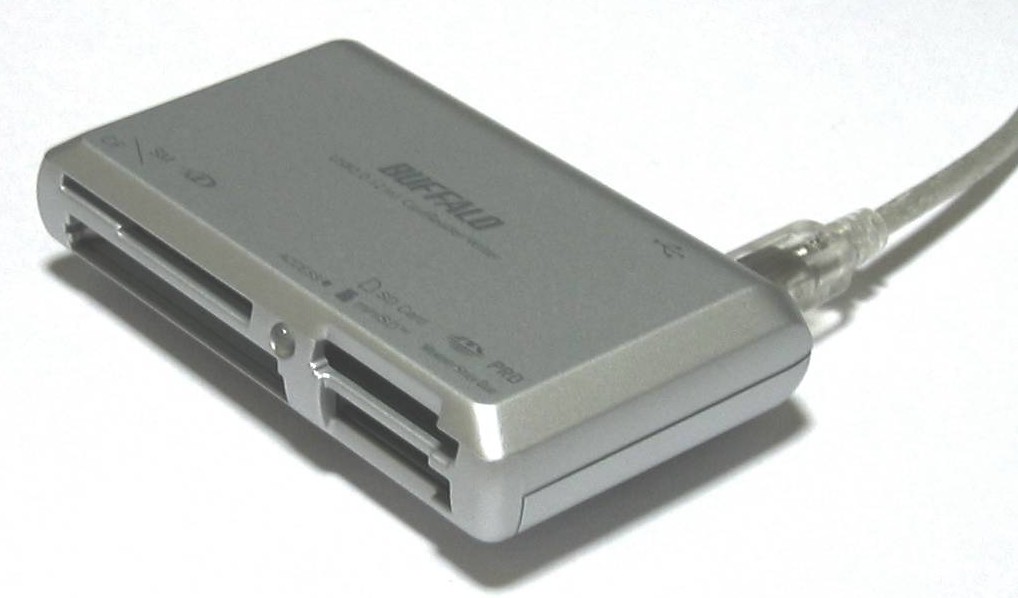
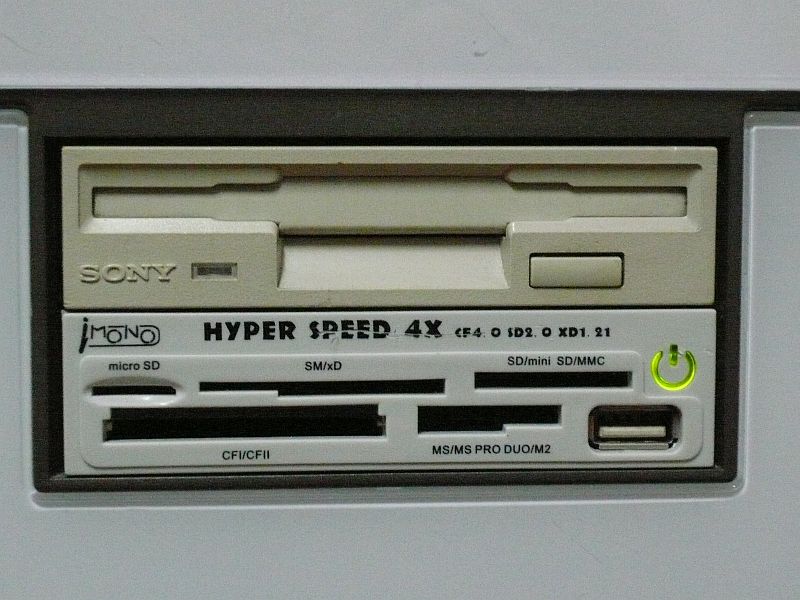
Choose a Sound Card and Speaker System
Display-based speakers might be OK for general office use, or you might prefer some desktop speakers; these connect to the PC through either an (analog) audio lead or a (digital) USB cable. Unless you need studio quality, a pair of basic desktop speakers will be fine.
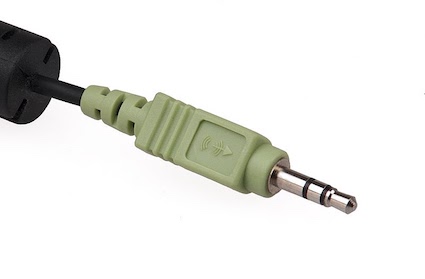
You might need surround sound (so-called 5.1 and 7.1 systems) for gaming, video editing, and group presentations.
Some motherboards support surround sound; if not, you might need to purchase a USB adapter or a sound card. Check you have a spare USB port or motherboard expansion slot!
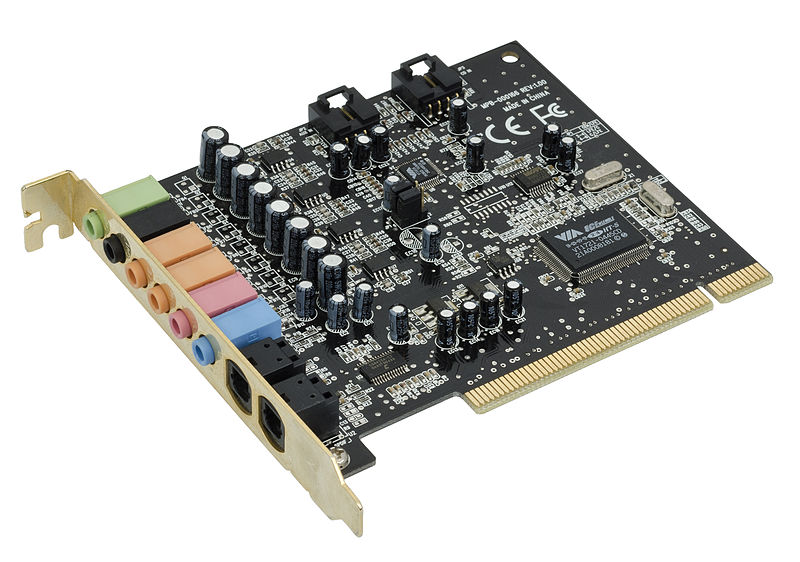
Some sound cards have a front panel. If you use this type, ensure you have a spare bay in the front of the case.

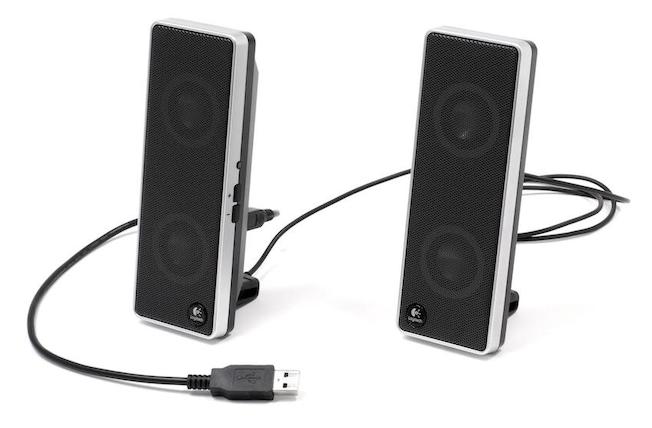
Choose Network Devices
Many motherboards include a gigabit Ethernet (1GB) network port, but you might need to connect to a second network, maybe wireless.
You can fit an add-in card or use a USB network adapter.
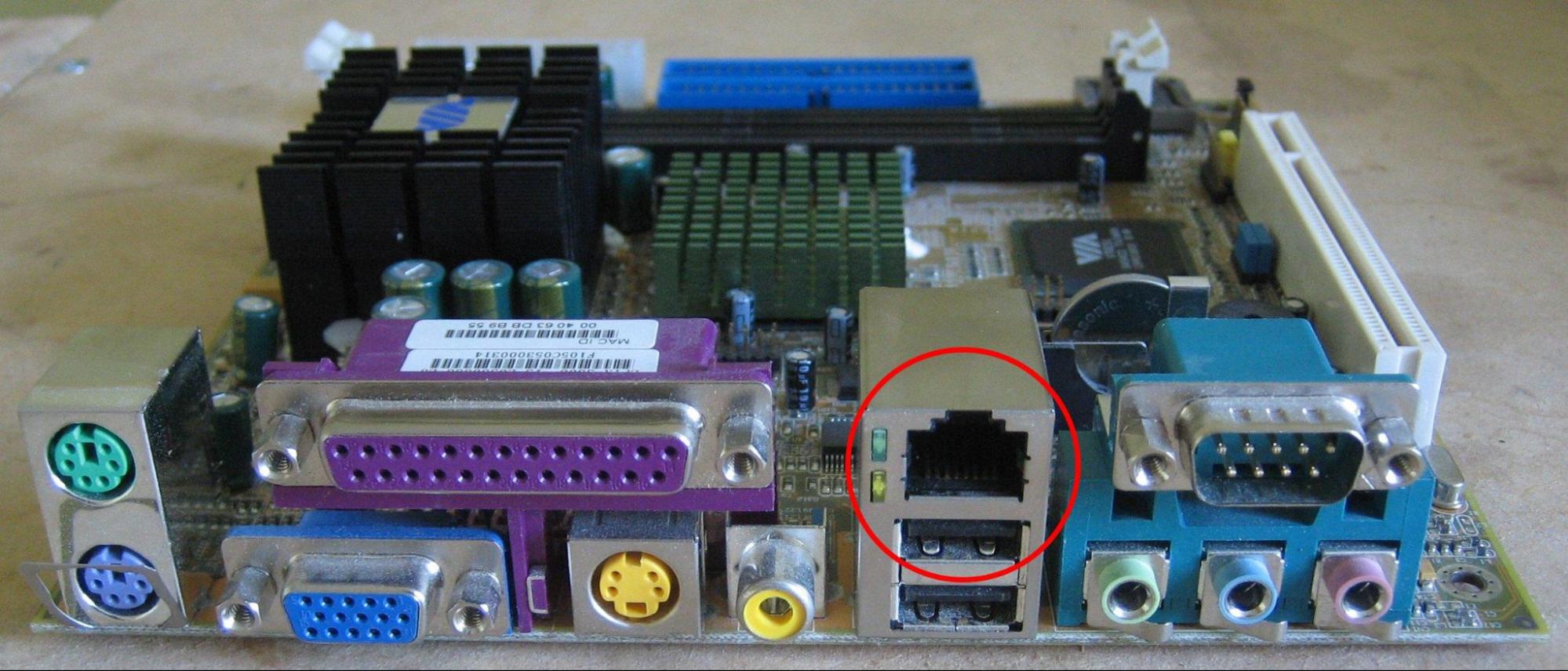
Network Speeds and Standards
10GB Ethernet is becoming more affordable for desktop computers, so check whether your customer is using it. Some motherboards have a 10GB port, or you can buy an add-in card. These cards need a PCIe x4 motherboard slot.
You can use a PC’s standard gigabit port as a fallback, and the network will adjust its connection speed to match. It is unlikely to be a problem unless the PC is used for high-resolution video editing and the files are read/written across the network, in which case the drop in speed may be more noticeable.
You’ll need a network patch lead of the right length to connect to an office network port. The IT department may have these.
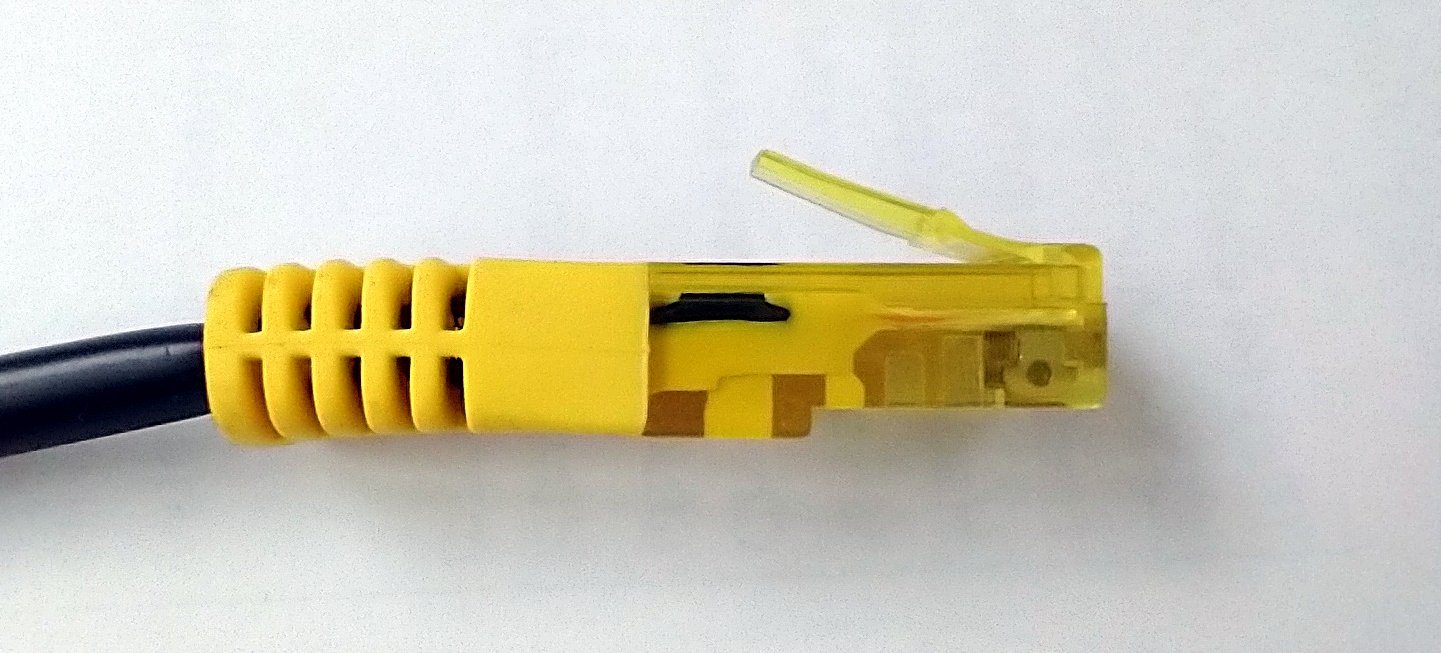
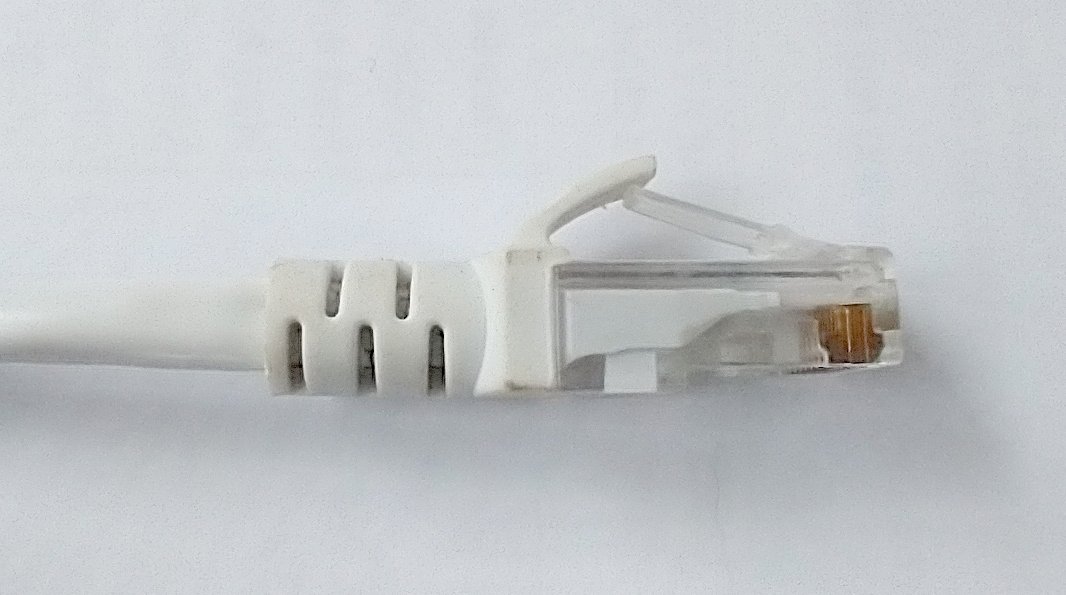
Wireless Networks
Modern wireless standards are called 802.11ac, 802.11n, and 802.11g. There is also an obsolete standard called 802.11b.
If choosing a wireless network card or adapter, use one that supports 802.11ac, which is backward compatible with the other standards and provides a degree of future-proofing through potential software upgrades.
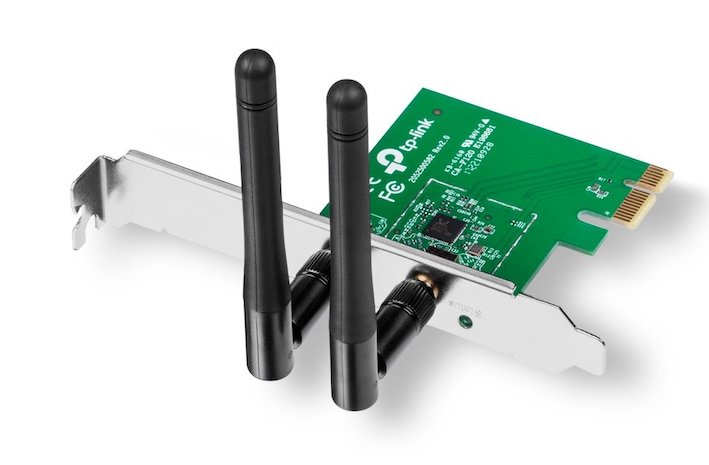
Choose an External Port Adapter
Here are some common adapters to consider if you need functionality from an unsupported motherboard:
FireWire
FireWire is for storage devices (external disk drives) and older audio-visual products such as digital camcorders. It comes in a range of speeds (FireWire 800 and FireWire 400), with 9-pin and 6-pin connectors, plus miniature versions. Make sure you buy the right cables!
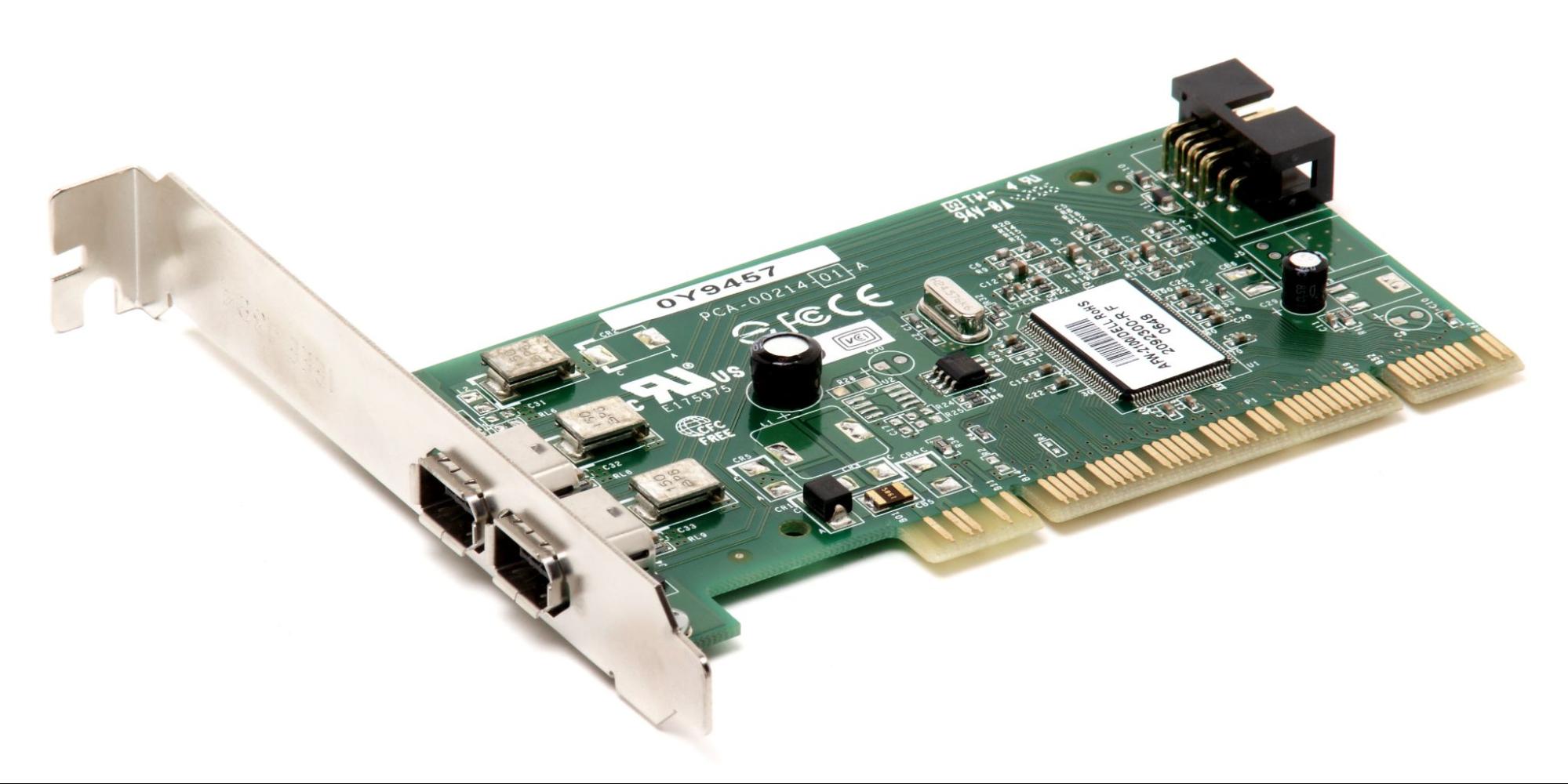
Thunderbolt
Thunderbolt ports support up to six devices, including storage and display. You can purchase motherboards with Thunderbolt ports, but unless you need the interface for a specific reason, it’s not usually a must-have for desktop PCs; it’s more often used with laptops.
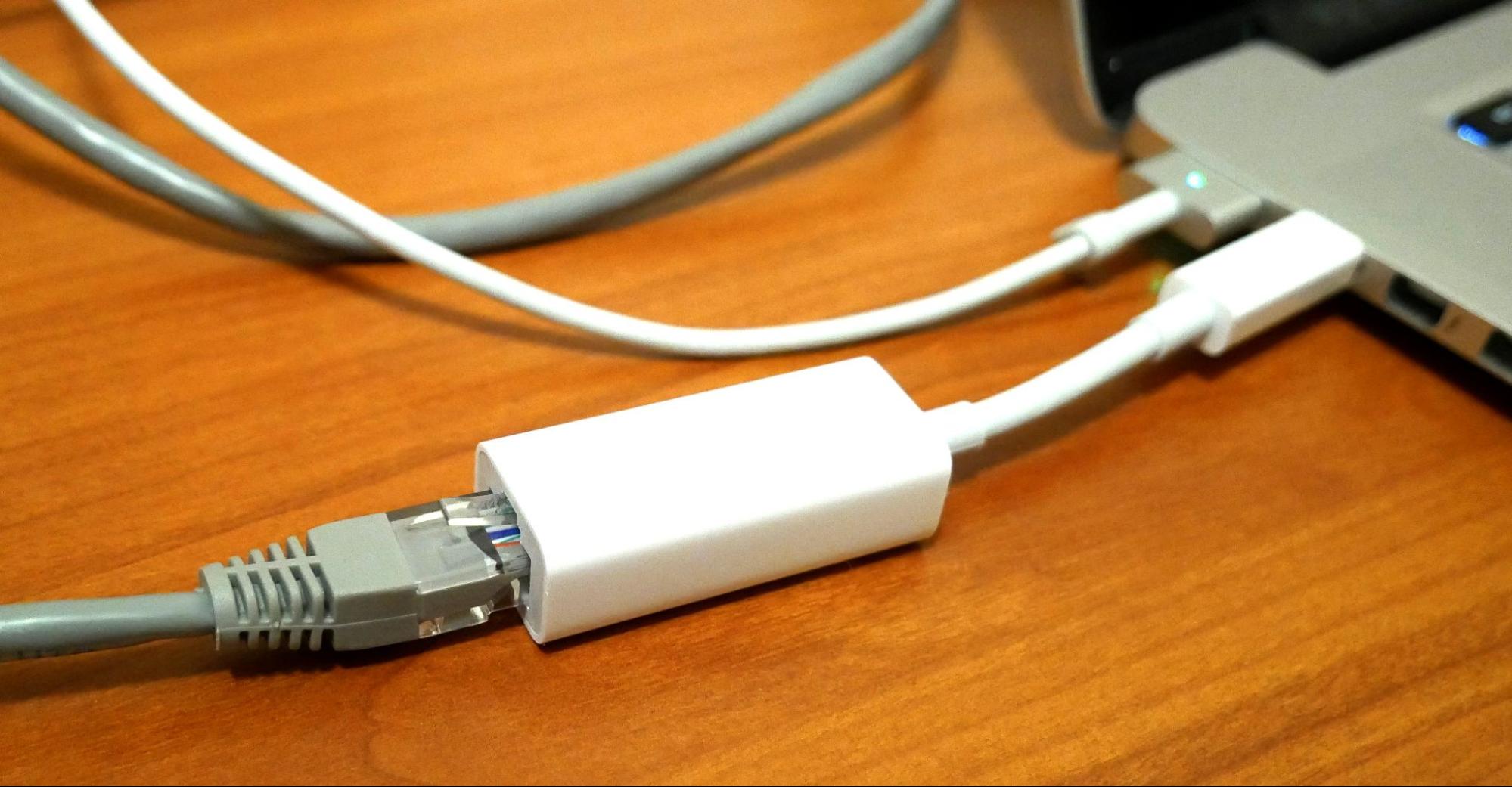
USB-C
USB-C is the latest USB standard and supports a wide range of devices from phones to external storage and some displays.
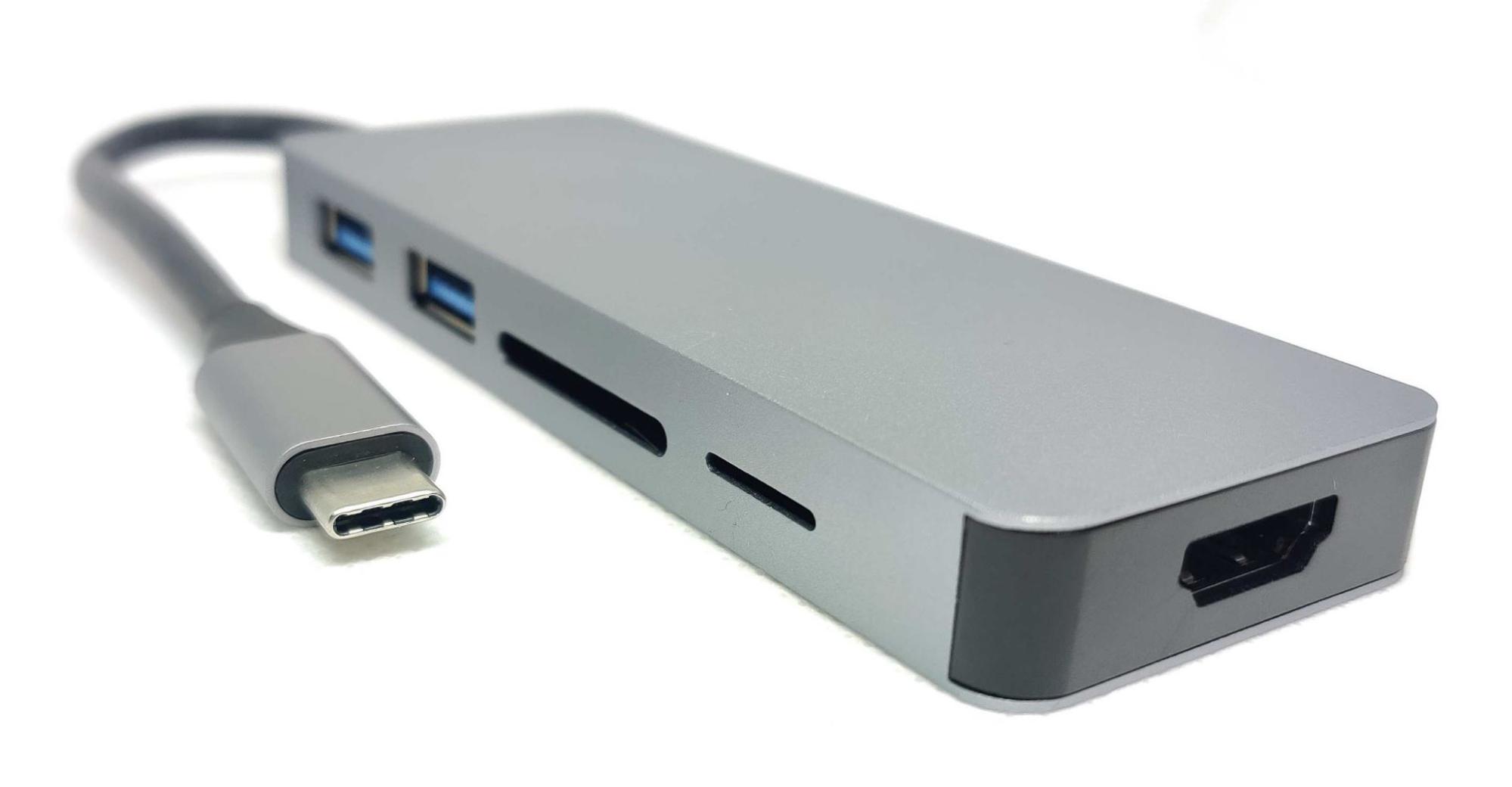
You can purchase motherboards with USB-C ports or add them via an expansion card.
Check if Power Extension is Needed
Remember to check how many electrical power outlets are required for all your devices. You might need a power extension lead.
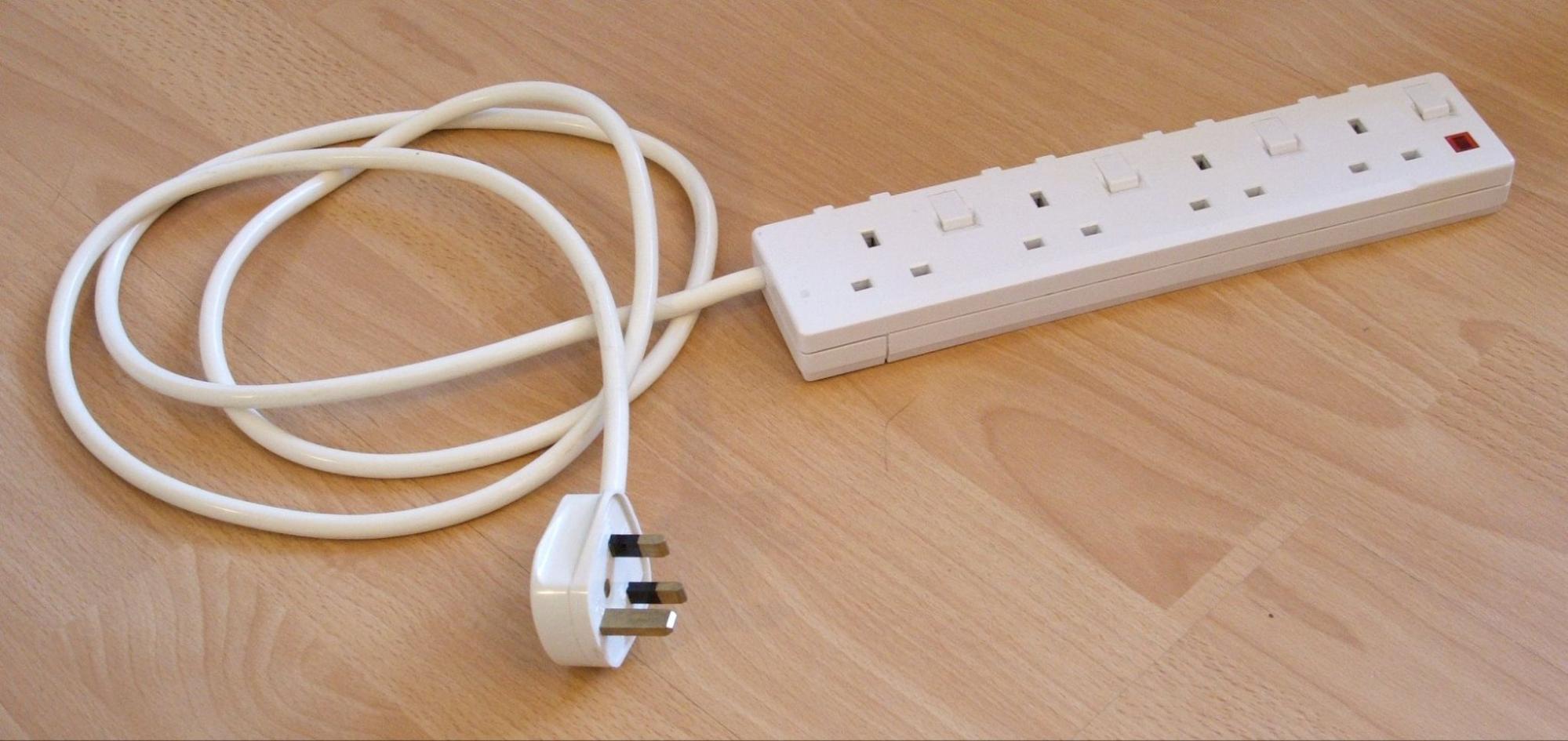
Checklist

It’s impossible to pin down a definitive list of required add-ins, so ask and advise the PC’s user about their needs. Our checklist comprises the following:
Do you need any external expansion - USB hubs or memory card readers? Consider all the client’s requirements and make sure the PC can meet them.
Are you OK with sound? Is the motherboard-based sound system sufficient, or do you need a separate card? If the card comes with a front panel, is there room for it?
Are desktop or other speakers required? Are you going to use ones in the display (make sure the display has some!), or do you need a desktop or more sophisticated set?
Are there sufficient network interfaces? Motherboards usually have at least one, but do you need more, or perhaps a wireless interface?
Any other required leads? Do you need one or more (snagless) network patch leads?
Are there any other connection requirements not covered by the motherboard features? Any expansion cards or adaptors needed?
How many power outlets in the computer’s location? Do you need any power extensions?
Your Turn!

🎯 Time to find some more add-ons for your computer.
⚙️ Considering the task of assembling a front office computer, go shopping for:
A 7-port powered USB hub.
A memory card reader (desktop unit), with support for micro-SD cards.
A simple desktop USB speaker setup.
A FireWire card and cable for a FireWire-800 external disk unit.
A 5m Cat 5e snagless patch lead.
A 13A, 6-way mains extension lead of good quality (Genuine CE marked).
If you find some unsuitable products during your research, point them out and explain why they’re no good for your needs.
✅ Once you’ve finished, see how your selections compare with mine in the Example Solutions document: .docx / .odt.
Let’s Recap!
Once you have the basic PC specs sorted, it’s time to think about any add-ons that might be needed.
Some add-ons require mounting bays in the PC case, or motherboard expansion slots.
Now let's consider add-on devices specifically for online conferencing.
